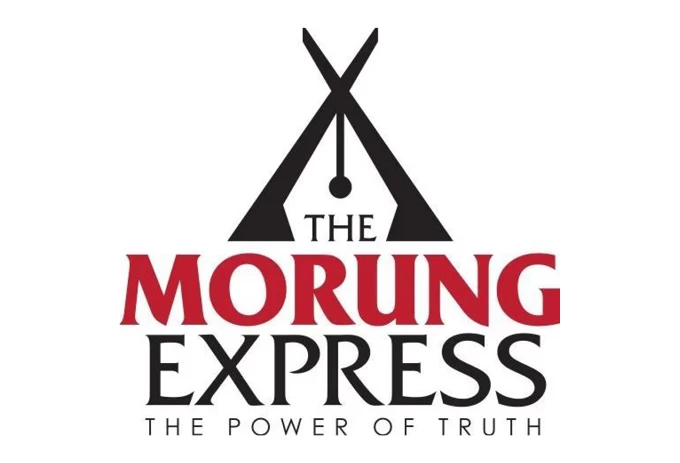
Dimapur, Jan 11 (MExN): The Tikhir Tribal Council (TTC) in response to a recent YAA press statement that Yimchunger consists of six dialects (Langa, Tikhir, Chirr, Mukhor, Longphor and Phulungri) has issued a refutation on these ‘cultural points’.
The TTC through its Vice President R Joseph Tikhir stated that Langa is not a dialect but the location of the first organized settlement of the Yimchunger. “Likewise, if as the Yimchungers claim, Langa is a dialect, then Tikhir, Chirr and Mukhor cannot be considered a dialect but rather Taimiphu and Tongkhin should be considered as dialects as these were the first organized settlement place of the Tikhir, Chirr and Mukhor tribes.”
Stating that Christianity came to the Tikhirs through the Yimchungers and indirectly through the Aos, the council asserted that Ao and Yimchunger pastors were sent by the Yimchungers to Tikhir villages to convert the pagan Tikhirs to Christianity. “These villages were affiliated to the Yimchunger Baptist Churches Association without the knowledge and consent of the villagers. In this way the whole of the Tikhir villages came under this association, whereas the innocent villagers had converted to Christianity to save their souls by following the doctrines of Christianity, not suspecting the foul and suppressive motives of the Yimchungers” the council maintained. “After accomplishing this plan”, the Yimchungers moved for complete subjugation of the Tikhir, politically and socially. In follow-up action to this plan, after Nagaland attained statehood, Tikhir villages were broken up into three Assembly Constituencies in such a way that in none of the constituencies the Tikhirs were in majority, thereby completely annihilating the Tikhirs’ political future, the TTC asserted adding that “they then had a free hand in wiping out the basic constitutional rights of the Tikhirs at the state government level as well as in all the important Naga non-governmental organizations”.
The TTC and TSU advised that the following books be referred to on the ‘historical facts’ of the two communities: Burma Census report 1911(Prof. C. Smith) Anthropological South-East Asia Minor Map, The Patkai Nagas (Maj. Gen. SC Sardeshpande) Origin and Culture of Nagas (RR Shimray), Political Evolution of Nagaland (Dr. Chandrika Singh), Nagaland Untold Story (S.C. Dev.), ‘SCRA’ Naga (J.H. Hutton), The Sema Nagas (J.H. Hutton), Nagaland District Gazetteer (B.B. Ghosh), The Nagas of Burma (Jamie Saul) and Census of India 1961,1971,9181,1991 & 2001 etc.






